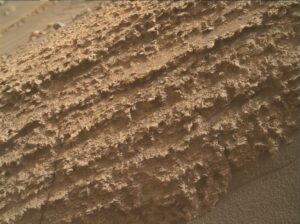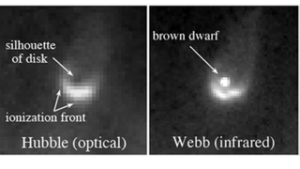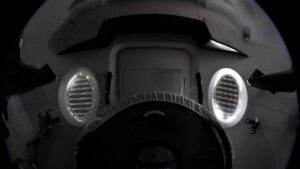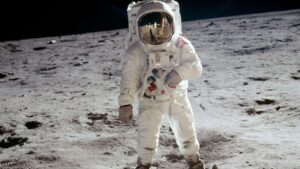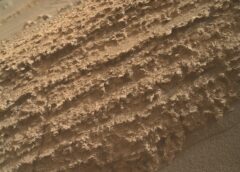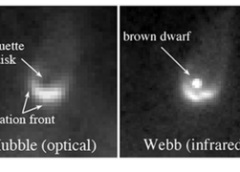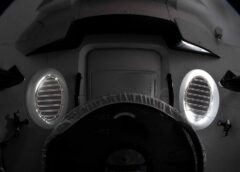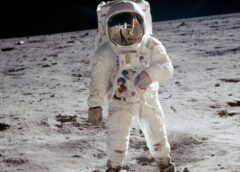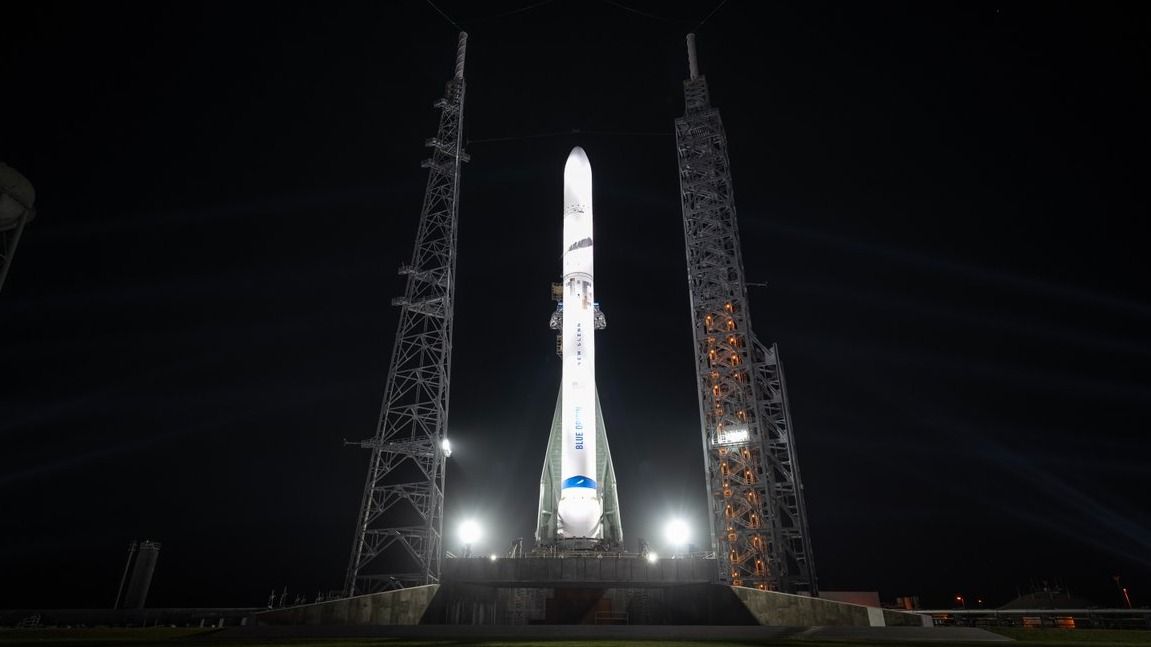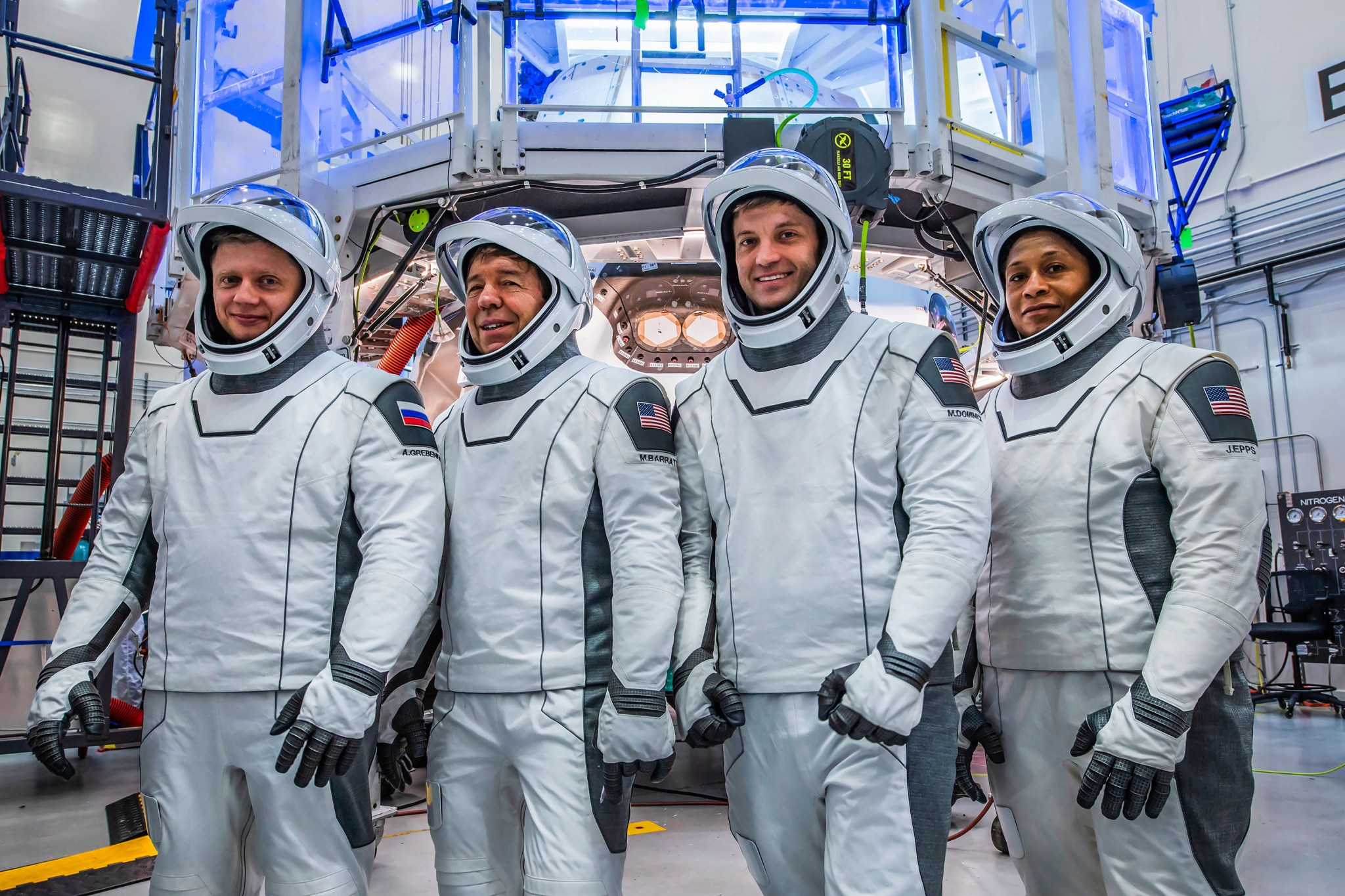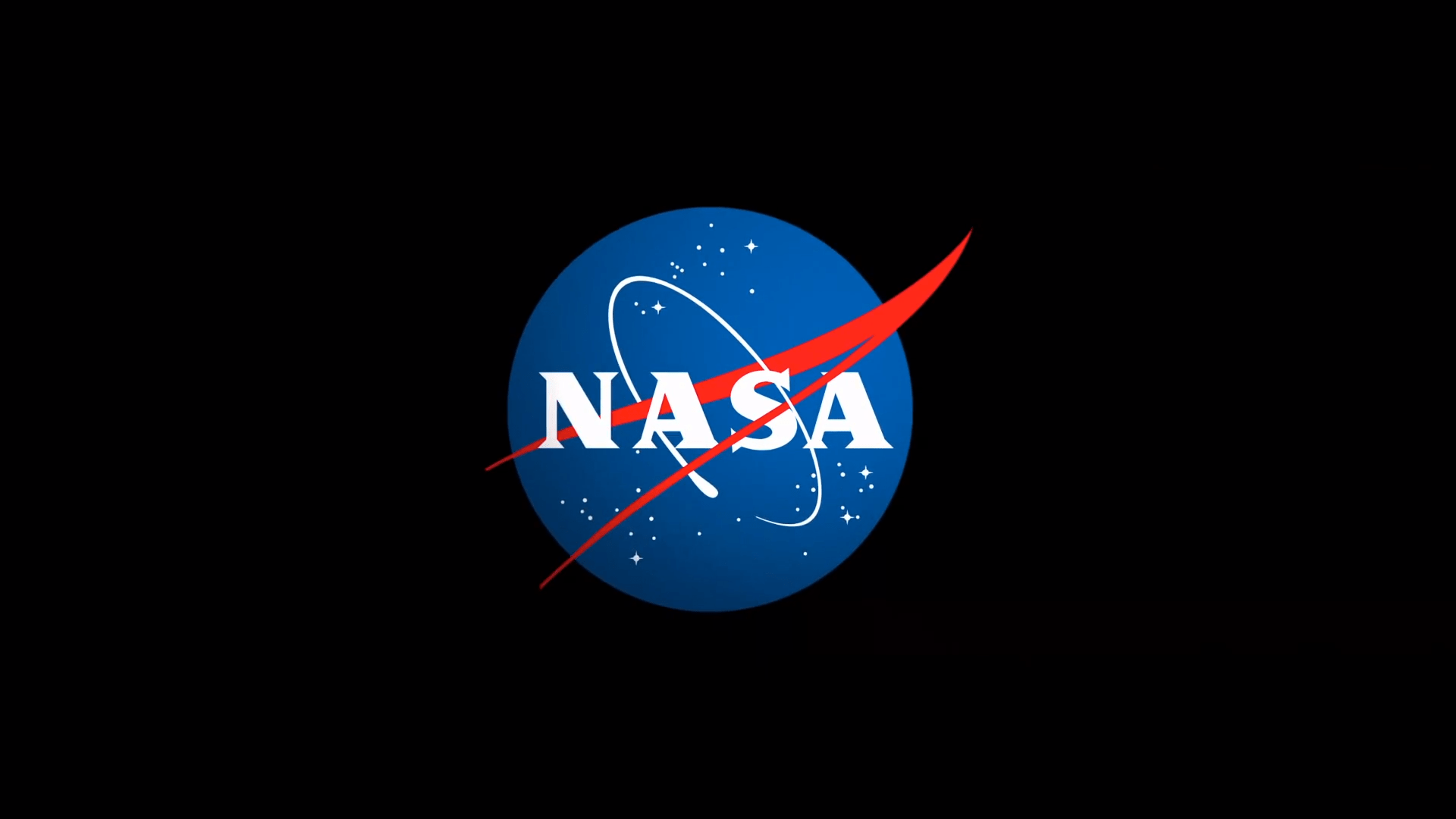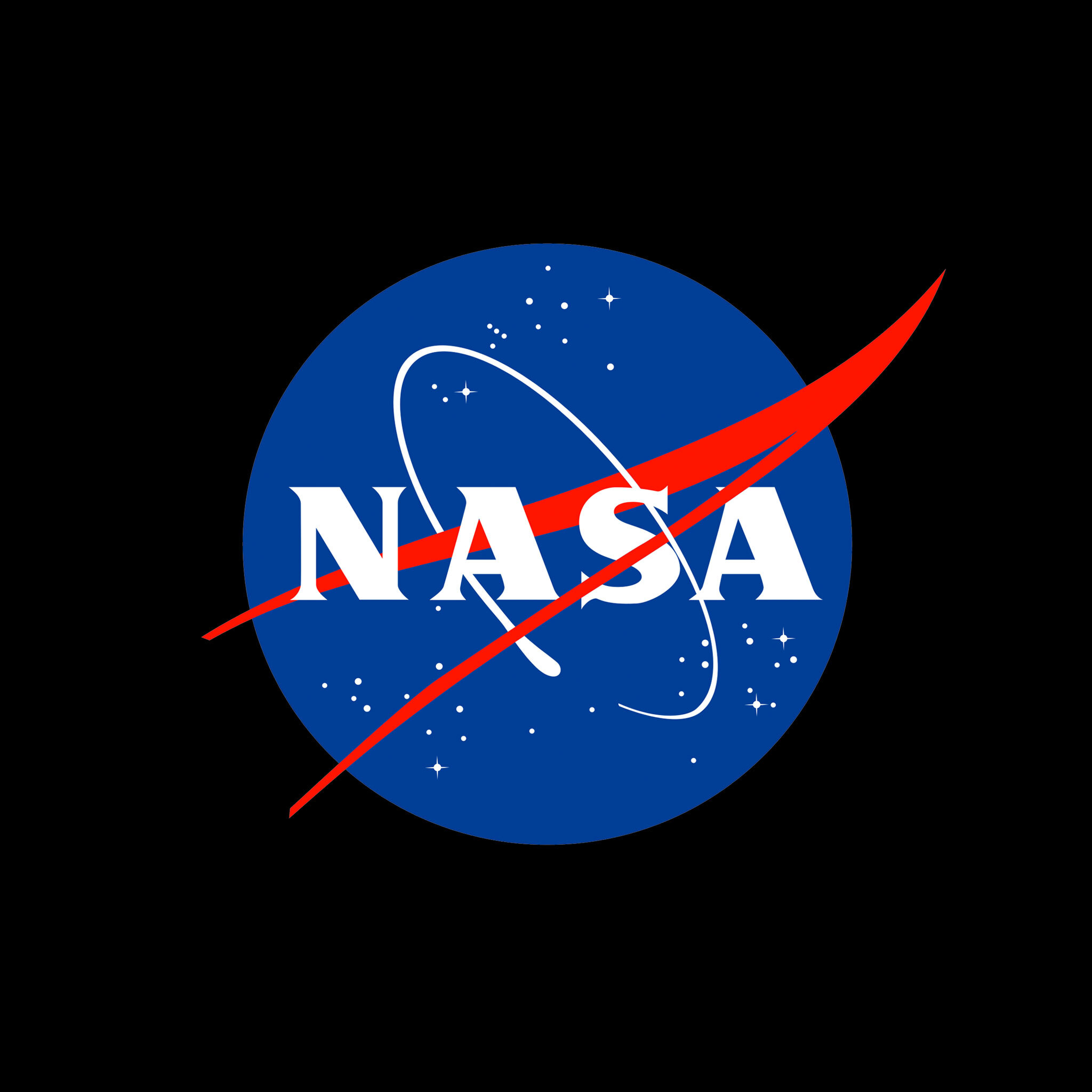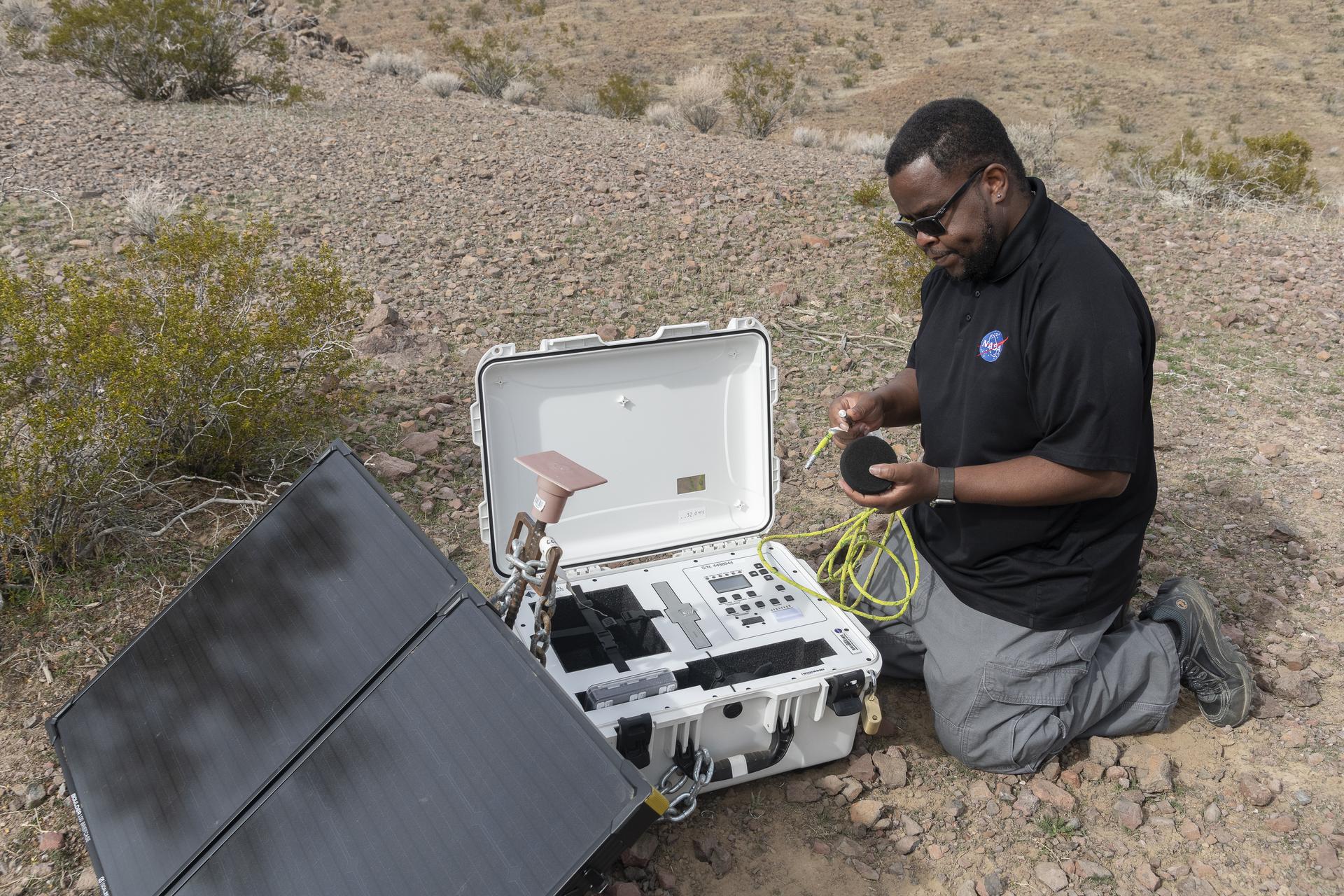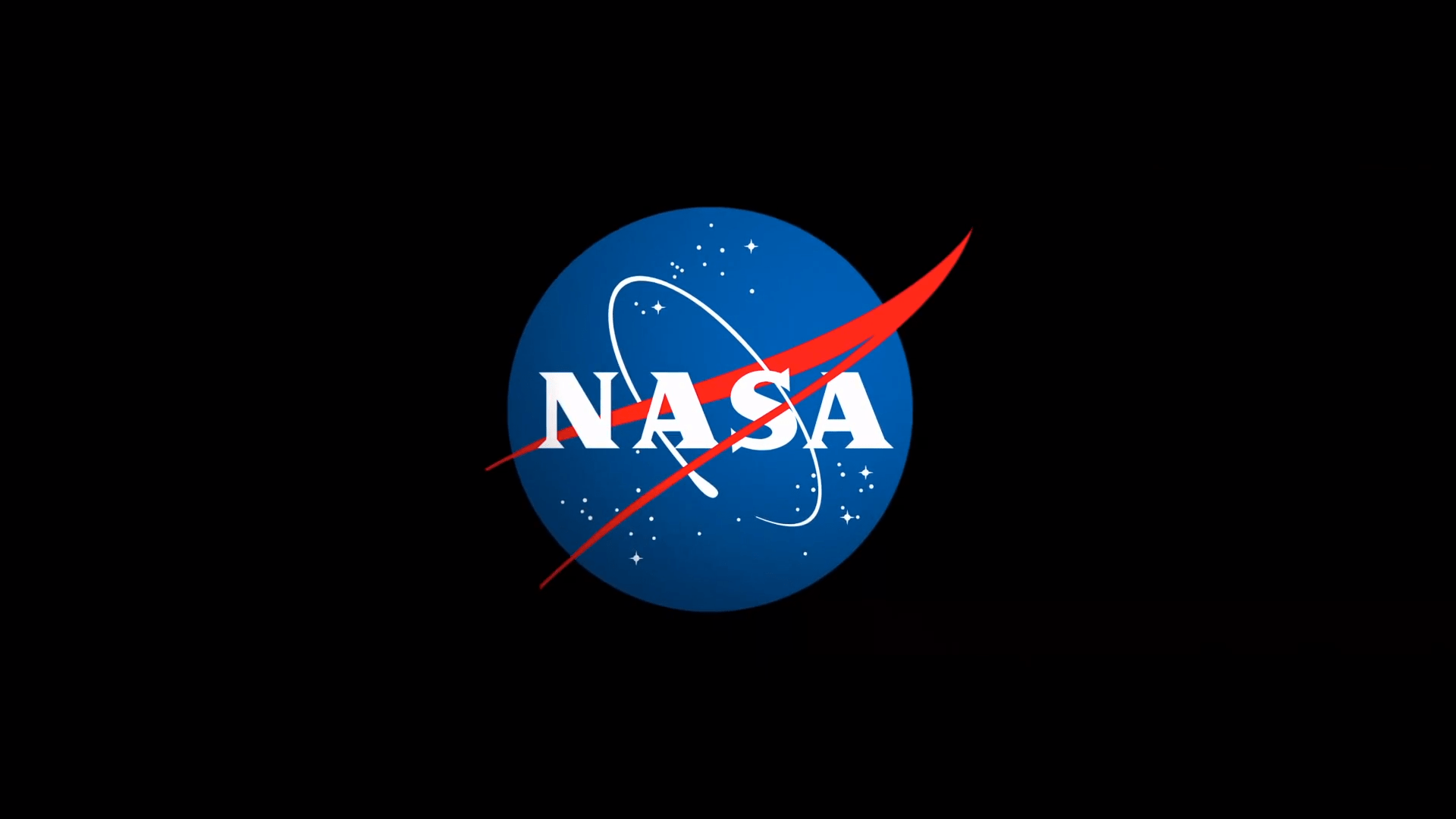Blue Origin’s powerful new rocket has gone vertical on the launch pad for testing, ahead of a possible debut flight later this year. The New Glenn rocket from Blue Origin rolled out on to Launch Complex 36 (LC-36) at Cape Canaveral Space Force Station in Florida on Wednesday (Feb. 21), the company founded by Amazon’s Jeff Bezos announced. The heavy-lift rocket will be put through its paces in the coming weeks and months with “several demonstrations of cryogenic fluid loading, pressure control and the vehicle’s venting systems,” Blue Origin officials…
Read More3 tiny new moons found around Uranus and Neptune — and one is exceptionally tiny
Astronomers have discovered two tiny moons orbiting Neptune and one circling Uranus, bringing the number of their known moons to 16 and 28 respectively. Uranus’ new moon, the first detected around the ice giant in over two decades and possibly the smallest of its ilk, is just 5 miles (8 kilometers) wide; it takes 680 days to complete one orbit around Uranus. In comparison, one Mars’ moons named Deimos, considered to be among the tiniest known moons in our solar system, is 8 miles (13 km) wide. The new moon…
Read MoreEclipse Resources for Learners and Educators: Connecting the Eclipse to Astrophysics
1 min read Eclipse Resources for Learners and Educators: Connecting the Eclipse to Astrophysics In anticipation of the upcoming total solar eclipse on April 8, 2024, NASA’s Universe of Learning has created a webpage of astrophysics-related eclipse resources for learners and educators. The webpage shares information about two topics that align with eclipse science: gravitational lensing and exoplanet transits. The collection of resources includes articles, images, and videos to understand and explain the science. Additional activities allow learners to explore gravitational lensing and exoplanet transit science for themselves. Explore Resources…
Read MoreIntuitive Machines’ Odysseus moon lander didn’t deploy camera during historic descent
Sorry, space fans: We won’t be getting ground-level views of the first moon landing by an American spacecraft since the Apollo era. That epic touchdown came courtesy of Intuitive Machines’ Odysseus lander, which lowered itself onto the gray dirt about 190 miles (300 kilometers) from the moon‘s south pole yesterday (Feb. 22). The success was hard-won. As they prepared for descent yesterday, mission team members discovered that Odysseus’ laser rangefinders, which the lander used to determine its altitude and horizontal velocity, weren’t working properly. So they switched over to an…
Read MoreNASA Sets Coverage for Agency’s SpaceX Crew-8 Launch, Docking
(Left to right) Roscosmos Cosmonaut Alexander Grebenkin and NASA Astronauts Michael Barratt, Matthew Dominick, and Jeanette Epps pose for a photo during their Crew Equipment Interface Test at NASA’s Kennedy Space Center in Florida. The goal of the training is to rehearse launch day activities and get a close look at the spacecraft that will take them to the International Space Station. Credit: SpaceX NASA will provide coverage of the upcoming prelaunch and launch activities for the agency’s SpaceX Crew-8 mission with astronauts to the International Space Station. The launch…
Read MoreNASA, Intuitive Machines to Discuss Historic Moon Mission Today
NASA and Intuitive Machines will host a televised news conference at 5 p.m. EST Friday, Feb. 23, to detail the Odysseus lander’s historic soft Moon landing. With the last-minute assistance of a NASA precision landing technology, the first CLPS, or Commercial Lunar Payload Services, mission carrying the agency’s science and technology demonstrations successfully landed on the Moon at 6:23 p.m. on Feb. 22. This mission is the first U.S. soft landing on the Moon in more than 50 years. Flight controllers are communicating and commanding the lander, which is solar…
Read MoreSpring 2024 Pathways Vacancies
31 min read Preparations for Next Moonwalk Simulations Underway (and Underwater) Our next application cycle will open on February 26, 2024 for Fall 2024 opportunities. All Pathways internship vacancy announcements are posted on USAJOBS. Below are the available pathways at each NASA center. To apply for a suitable opportunity, first identify the category of work you’re interested in, and ensure you have a qualifying major (check whether it is required or preferred). Note that each center hiring in the same category of work will use the same job post. If you’re interested…
Read MoreNASA Instruments Will Listen for Supersonic X-59’s Quiet ‘Thump’
4 min read Preparations for Next Moonwalk Simulations Underway (and Underwater) NASA recently completed a series of tests to reduce risks prior to Phase 2 of its Quesst mission, which will test the ability of the X-59 experimental aircraft to make sonic booms quieter. Credits: NASA/Steve Parcel NASA’s X-59 experimental aircraft is unique – it’s designed to fly faster than the speed of sound, but without causing a loud sonic boom. To confirm the X-59’s ability to fly supersonic while only producing quiet sonic “thumps,” NASA needs to be able…
Read MoreNASA Awards Spaceflight Development, Operations Contract
NASA has selected Sierra Lobo Inc. of Fremont, Ohio, to support spaceflight hardware design, development, testing, and operations at NASA’s Glenn Research Center in Cleveland. The Space Flight Systems Development and Operations Contract III is a cost-plus-fixed-fee contract featuring a cost-plus-fixed-fee and firm-fixed-price indefinite-delivery/indefinite-quantity provision with a maximum potential value of approximately $282.1 million. The 90-day phase-in period is anticipated to begin on Tuesday, Feb. 27, followed by a three-year base period and two two-year option periods. The systems development and operations contract encompasses the development and delivery of technology…
Read MoreNASA Eclipse Soundscapes Project will record how 2024’s total solar eclipse impacts nature
While humans will enjoy the majesty of the total solar eclipse as it sweeps across several states in the U.S. on April 8, 2024, the celestial event will also be experienced by flora and fauna. That’s why the NASA-funded Eclipse Soundscapes Project will observe and collate the sights and sounds of the total solar eclipse to allow humanity to better understand how such events can impact wildlife. The agency is also urging the public to join in on this effort. “Eclipses are often thought of as a visual event —…
Read More